Trees in Indian Mythology and Spirituality
Trees are revered in Indian culture for their many fine attributes such as medicinal benefits, providing food, helping moderate ambient temperatures, giving shade, recharging groundwater, all these things being essential to the existence of human beings, animals, insects, birds and microorganism that thrive on the benevolence of trees. Here are a few trees that have attained more than a special place in Indian especially Hindu culture, tradition and mythology.
- The Bodhi tree Ficus religios, or peepal tree located in Bodh Gaya in the Gaya district of Bihar, India has been so named because it is believed that Gautama Buddha attained enlightenment or Buddhatva under boughs of this tree. This tree holds a special place in Buddhist doctrine. The heart-shaped leaves and long stalks of the leaves give the appearance that this tree is forever dancing, even when there is no wind. Hindus associate the roots of the peepal tree with Lord Brahma, the leaves with Lord Shiva and the Trunk with Lord Vishnu. The text of the sacred Bhagavad Gita states that Lord Krishna identifies with the peepal tree and says—“Among trees, I am Ashvatha”. The peepal tree is perhaps the most revered tree in India.

Bodhi Tree at Gaya
- Banyan Tree- Ficus benghalensis begins its journey by growing on a host plant an then eventually takes over the host completely (acquiring the moniker of “strangling fig”). Its most prominent feature is the aerial prop roots that hang from its branches and lend a haunted look to the banyan tree. However, the tree itself is believed to have superpowers that allow it to fulfil the desires of married women who wish to bear children and pray to the tree for blessings. The banyan tree is also believed to represent the Trimurti of cosmic creation (Brahma, Vishnu and Shiva).
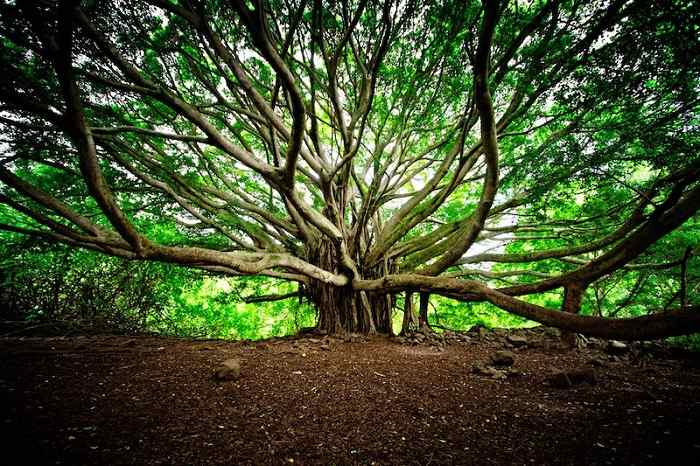
Banyan Tree
- Ashoka Tree (Saraca asoca) is known for its vibrant red flowers and is associated with Kama Deva or the god of love. For this reason, people often pray to this tree for the conception and birth of a child. The Ashoka tree is also planted in Buddhist Monasteries because Gautama Buddha is believed to have been birthed under an Ashoka tree.
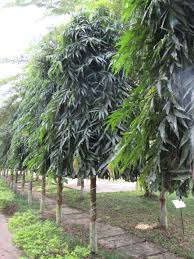
Ashoka Tree
- Mango Tree (Mangifera indica) is an icon of love and fertility. The fleshy aromatic fruit of the trees, the sweet-smelling flowers and the dark green leaves are a delight to look at come summer. The leaves of the tree are strung in a garland and hung outside dwellings to mark auspicious occasions. Lord Buddha is believed to have planted a mango tree in Shravasti (an Indian district) which gives the Mango tree relevance in Buddhism as well.
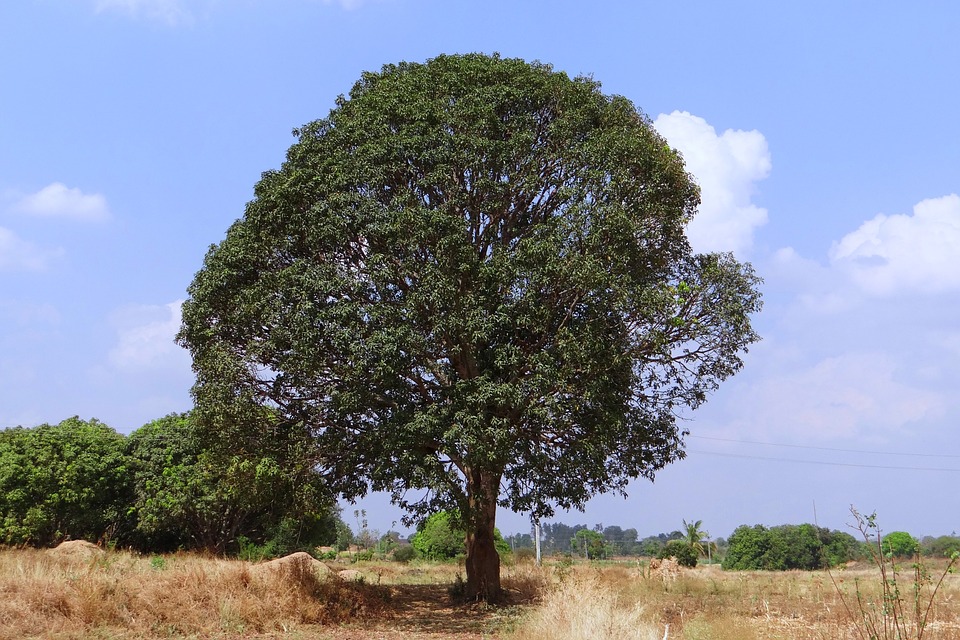
Mango Tree
- Sandalwood is known for its aroma, and its most distinctive feature is that it can retain its fragrance, unlike other woods. The paste of sandalwood is used to worship gods and goddesses. Buddhists also use it in their ceremonies and meditations. The thick and rich aroma of sandalwood is used to purify spaces especially temples both in Hindu and Buddhist ritual.
- Coconut Tree- (Cocos nucifera) holds a special place in Indian ritual and cuisine. The fruit of the coconut tree is used as a base ingredient in the preparation of many Indian dishes and is used in many religious rituals in different religious traditions in India. Coconut oil has anti-bacterial properties for which it is used to cure skin ailments and infections.

Coconut Tree
- Bael Tree (Aegle marmelos)is known for its medicinal properties. The root, fruit and leaves of the Bael tree have medicinal value in traditional ayurvedic and natural forms of treatment. The fruit of the bael tree is sweet, aromatic and yellowish-green in colour. The tree is also known as Sivadruma, and the leaves are offered to Lord Shiva. The leaf structure of the leaves of this tree is thought to symbolise Shiva’s trident.

Bael Tree
- The banana tree thrives in rainforests and the fruit of the banana tree is synonymous with tropical climes. The flowers, fruit and leaves of the banana tree are utilised in Hindu religious rituals. The leaves of the tree are used as plates to offer prasadam to worshippers. The tree itself is worshipped for the welfare of the family. Bananas are considered household fruits in India.
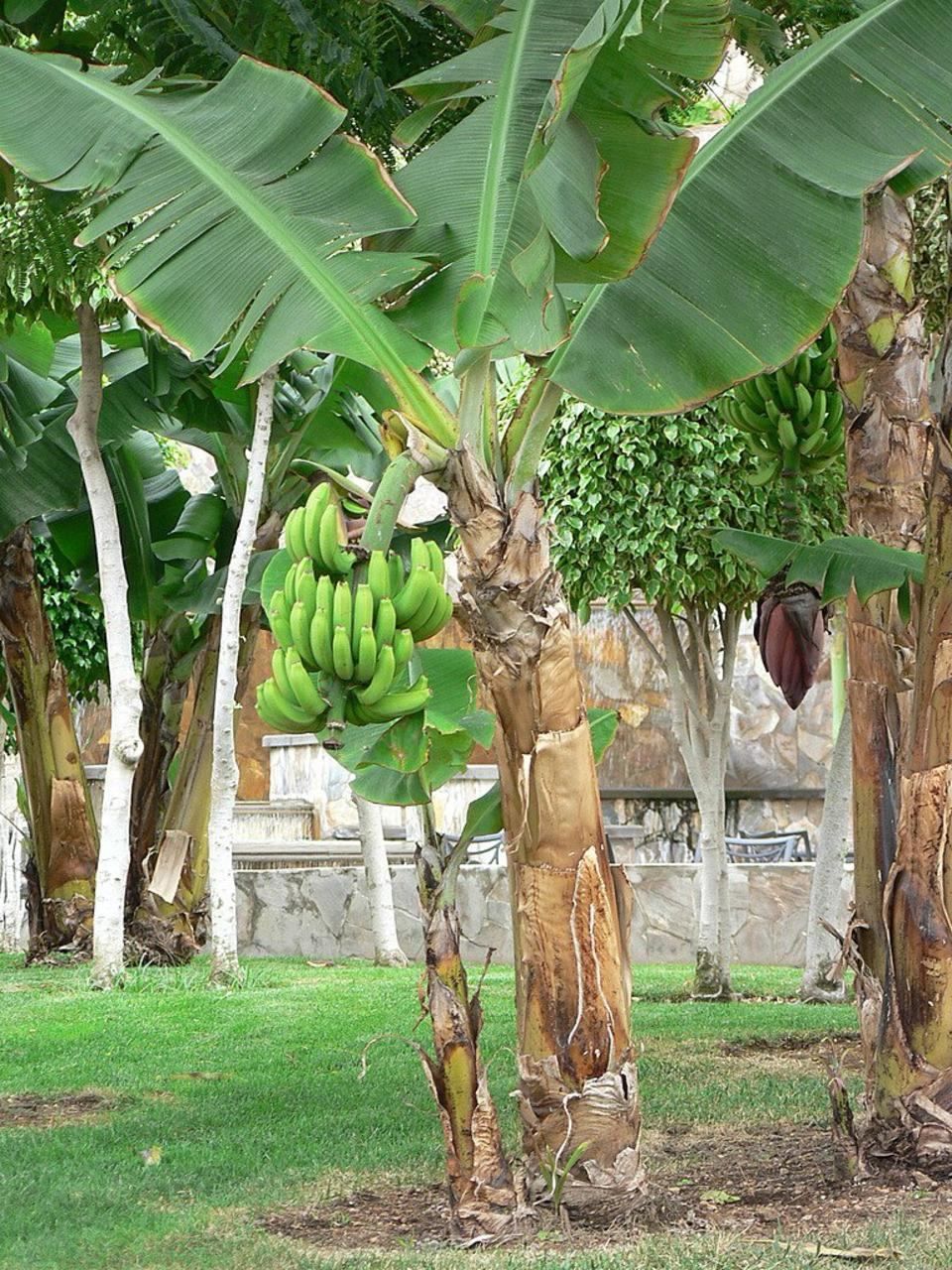
Banana Tree
- Neem (Azadirachta indica) is best known for its medicinal properties. Leaves of the neem tree are considered extremely beneficial for skin ailments. Smoke from burning neem leaves is believed to help ward off evil spirits. In some parts of India, the neem tree is referred to as Neemari Devi. Others believe that Goddess Durga is a manifestation of the Neem tree. The white flowers and leaves of the tree are used in traditional Indian cooking.
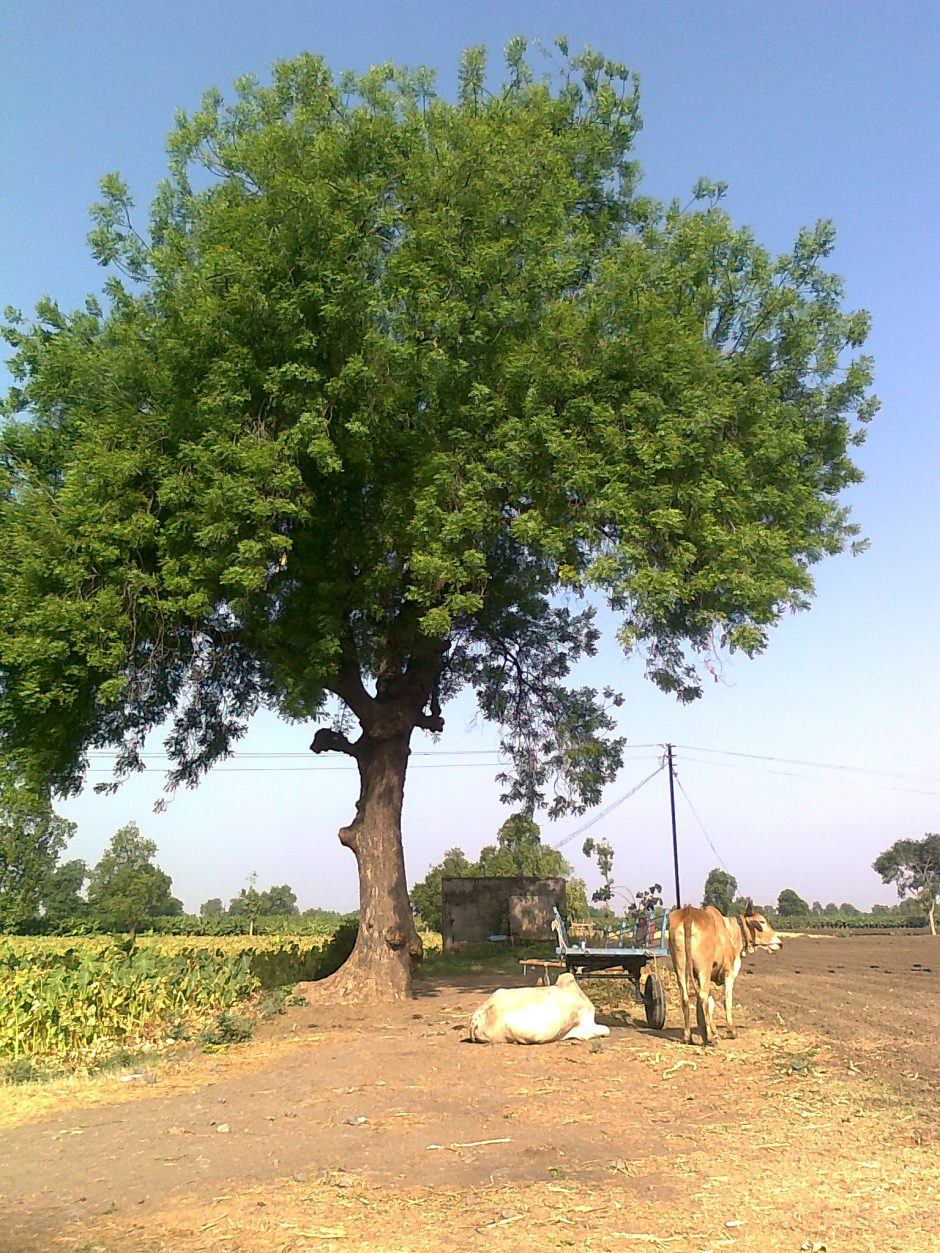
Neem Tree
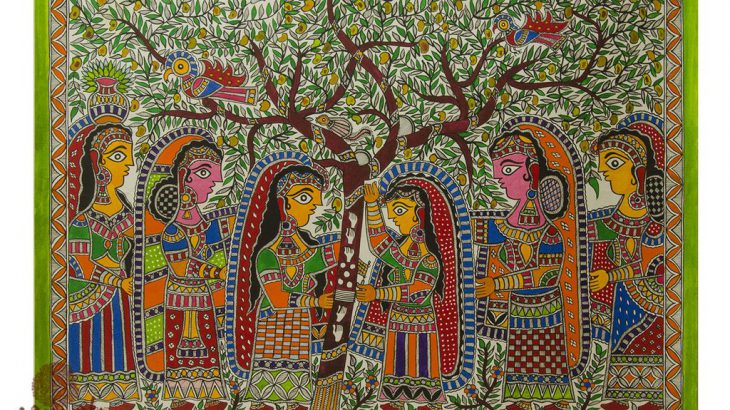
From
DR PN Ravindran, Manasom, West Nadakkav, Calicut 673011.
Dear Sir/ Madam
Thank you for this posting.
I have a request. The picture that is given at the beginning is a very good one. I would like to use this picture in one of my forthcoming books on the sacred plants of India. Can you give me permission to use this picture?.
If it is not yours, please give me the source so that I can approach the appropriate person.
Thank you
Sincerely yours
Ravindran
The picture you have posted for Asoka is the false Asoka and not saraca asoka
Hi Dr Ravindra,
Trust you well, I was wishing to receive one of your book on Sacred Plants.
please let me know how much so I can make arrangement for my purchachase.
Thanking you.
J.P
This Seems to be Madhubani Painting. You may please source accordingly.